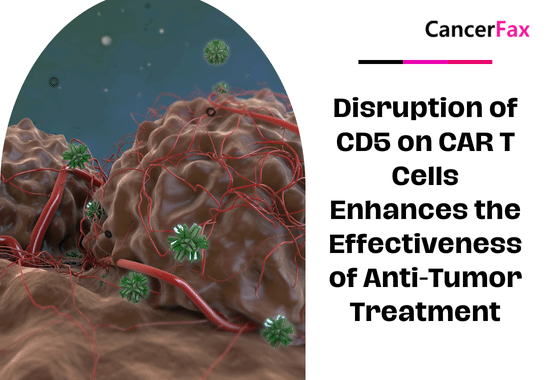According to Jabbar et al. Of the University of Gothenburg in Sweden, targeted mass spectrometry based on only three biomarkers of cyst fluid can highly accurately identify and evaluate the possibility of pancreatic cysts developing into pancreatic cancer . It is worth conducting other studies to confirm whether this experimental method can assist in the diagnosis of cancer in time, successfully intervene and prevent cancer. (J Clin Oncol. Online version November 22, 2017)
Cystic lesions of the pancreas are very common in imaging, and about half are pancreatic cancer lesions. Therefore, accurate and specific diagnosis is essential for the correct treatment of patients. Unfortunately, the currently used diagnostic methods cannot effectively distinguish between pancreatic precancerous lesions and malignant pancreatic cystic lesions.
The researchers used cystic fluid samples obtained by puncturing under the guidance of conventional ultrasound endoscopy for analysis. In a cohort study of 24 patients, the exploratory protein biology method identified 8 candidate biomarkers that could provide information on malignant transformation and high-grade dysplasia / cancerous changes. Subsequently, quantitative analysis of 30 labeled peptides and parallel reaction monitoring mass spectrometry were performed on 80 patients in the data set and 68 patients in the verification set. The end point of the study was the result of surgical pathology diagnosis or clinical follow-up.
The results show that the best markers for malignant tumors may be a group of peptides derived from MUC-5AC and MUC-2. These markers can identify precancerous lesions / malignant lesions from benign lesions. The accuracy is as high as 97%. Compared with the cystic liquid carcinoembryonic antigen and cytological detection of these standard identification methods, the accuracy of these standard methods is 61% (95% CI 46% ~ 74%, P <0.001) and 84% (95% CI 71% ~ 92%, P = 0.02). MUC-5AC combined with prostate stem cell antigen can identify high-grade dysplasia or cancer, with an accuracy of 96%, can detect 95% of malignant lesions or severe dysplasia, and the detection rate of carcinoembryonic antigen and cytology 35% and 50% respectively (P <0.001, P = 0.003).

